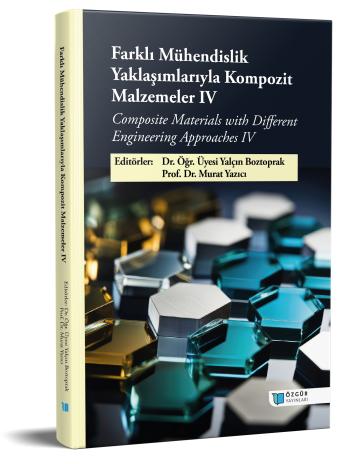
Finite Element Analysis of Glass/Carbon Hybrid Composite Pipes
Şu kitabın bölümü:
Boztoprak,
Y.
&
Yazıcı,
M.
(eds.)
2023.
Farklı Mühendislik Yaklaşımlarıyla Kompozit Malzemeler IV.
Özet
In recent years, due to the diversification of needs in industries, studies on hybrid composites in which different fibers are used together have begun to attract attention. In this study, Glass/Carbon interlayer hybrid composite pipes made of glass and carbon fibers with different stacking sequences were investigated by using the finite element analysis (FEA). Ansys was used for the FEA. In the models created from eight layers, the thickness of each layer is 0.25 mm and the wall thickness of the composite pipes is 2 mm. In hybrid composite samples, four layers of glass fiber and four layers of carbon fiber were used. In addition to eight hybrid composite samples with different stacking sequences, another two models consisting of pure glass fiber and pure carbon fiber was designed as a reference sample. Unidirectional (UD) glass fiber and UD carbon fibers were used when creating the models. While creating the mesh structure on the models, it was checked whether the skewness was within acceptable values. For this purpose, optimization was made in the mesh structure size. While fixed support was applied to the models from one end, tensile force was applied from the other end. Tsai-Wu criterion was used in the FEA. It was concluded that the use of carbon fiber in the inner layers of interlayer hybrid composites increased the strength. Among the interlayer hybrid composites, approximately 25% increases in maximum force were obtained with the change of the stacking sequence.

